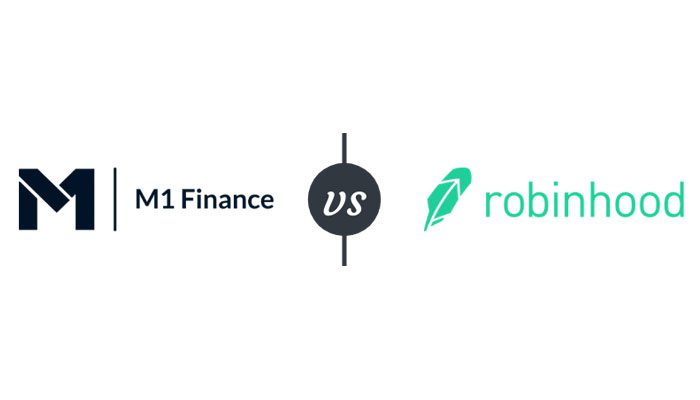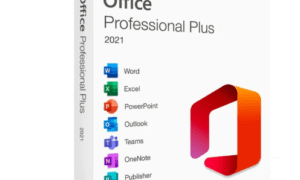The title of this article is not meant to be disparaging – quite the opposite really. They are “lightweights” only in the sense that both of these investing platforms are streamlined and intuitive, while still packing a boxer’s punch. In a nutshell, their features align with the user who has just begun to wade into the clouded shallows of what is the deep, dark world of investing.
If you are anything like me, the global pandemic has resulted in at least one positive: we have more time on our hands. Whether this is because we no longer commute to work, extracurriculars have been cancelled, restaurants and other entertainment venues have closed, or simply because we are out of work, it is now possible to turn our attention to long-neglected tasks and half-forgotten bucket-lists.
Investing is one of those activities for many of us. There is nothing like establishing passive income through your own clever initiative. And investing applications have made this step so much easier. No longer do we need to fear those shadowed, intimidating chambers of financial institutions – everything one needs to be a successful investor is at the fingertips.
What’s more, auto or robo-investing requires very little initial investment. I feel like this is nothing short of a revolution, or what is a kind of democratization of the financial market: now, virtually anyone, no matter job, income, or creed, can have their piece of the pie.
But the question remains, where to start? The market is now clogged with auto investors and stock advisor programs. In an increasingly digital world, the sheer number of choices can be dizzying. That’s why I have narrowed the choice down to two auto investor programs that I feel truly suit the beginner: M1 Finance and Robinhood. They have both have their advantages, their disadvantages, and particular charms.
M1 Finance
M1 Finance was founded in 2015 by Brian Barnes. Barnes’ vision was to create something new and innovative, something that would lend creative verve to a sometimes dull industry. And how did he go about accomplishing this? By introducing something called “pie investing”, a forgiving method for even the greenest of investors to manage their investments, and have a ball while doing do.
Pies are what you probably imagine: made up of “slices”, the user is able to allocate their stocks and bonds into different industrial sectors and risk categories while keeping the totality of their portfolio in plain sight. Pie charts are also a good way to introduce youngsters to the fruits of investing, as they are engaging, colorful, and easy to understand.
Perks of M1 Finance
- Pie-Based Investing: what is great about the service’s emphasis on pie-based investing is that it allows the novice user to visualize their investments. Their pie-charts let you see exactly how your money is divided up, whether in individual stocks, bonds, or exchange traded funds (ETFs).
- Expert Pies: Additionally, subscribers of M1 Finance gain access to what are called “Expert Pies”. Expert Pies are steeped in quantitative analyses overseen by investment professionals. The result is portfolios that combine diversity and performance.
- Goal-Oriented Pies: M1 Finance should appeal to investors of all stripes and persuasions. This is because they offer a vast number of different pies, suited to divergent investing goals. For example, they offer pies emphasizing ethical investing, some which stress pure, untethered growth, and others which optimize long-term security.
- A very robust mobile application. This is one of the oft overlooked features I most enjoy about M1 Finance: moving from your desktop computer to your phone is seamless, not something all robo-advisor programs can claim. It really is convenient.
- M1 Finance features one-click rebalancing and uses fractional shares to evenly distribute your deposited funds
Robinhood
Robinhood is an incredibly simple trading app with a beautiful, intuitive interface. And it has probably the coolest name in the business: who would not imagine themselves taking from the rich and giving to the poor, playing the bedraggled anti-hero in leotard? Launched in 2013, Robinhood has become a household name during the pandemic, thanks to both controversy and sheer user popularity.
Perks of Robinhood
- Robinhood is incredibly minimal. While this could fall under cons in some reviews, this makes it especially appealing to beginners. There is simply nothing to be overwhelmed by here: you log in and start trading. No frills; no hassle.
- Robinhood has no limits on intraday trading. This makes it highly appealing for day-traders, and those who want to have a finger on the daily pulse of the market.
- Robinhood has no account minimums, and upgrading to Robinhood Gold only costs $5 per month. Robinhood Gold grants you access to level II market data and allows for instant transfers to your portfolio.
Ding Ding Ding…and the winner is:
We may have to just declare this a split decision. These are very evenly matched platforms, and it really comes down to what you want out of your investments. While Robinhood is the natural fit for those looking to be more active and hands-on with their investments, it has the drawback of not supporting mutual funds or bonds. M1 Finance, while supporting various accounts for retirement, has little flexibility for day trading since it only has one daily trading window.
If I were pressed, I would put it exactly like this: if you are looking for excitement and short term profits, go with Robinhood. If you are looking to build for the far future, consider M1 Finance. Both are easy to use, reputable, and feel, well, modern.
Related M1 Finance Comparison Posts
- M1 Finance vs. Webull
- M1 Finance vs. Vanguard
- M1 Finance vs. Fidelity
- M1 Finance vs. Robinhood
- M1 Finance vs. Betterment
- M1 Finance vs Charles Schwab
- M1 Finance vs SoFi Invest
- M1 Finance vs. Acorns
- M1 Finance vs. Wealthfront
Related Robinhood Comparison Posts



































